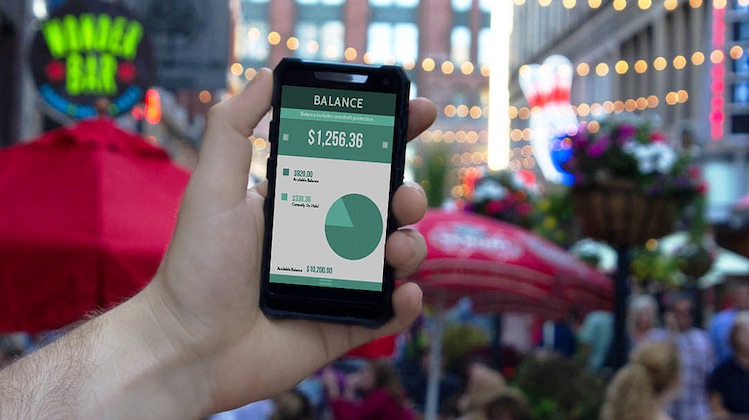The Customer Effect
How banks are adapting to a digital-first customer
- The bank of the future will be more of a data-driven curated experience that will zero in on customer needs
- As branches change and digital-only platforms grow, banks and financial startups are looking to new ways to grow a sense of community and trust among customers








